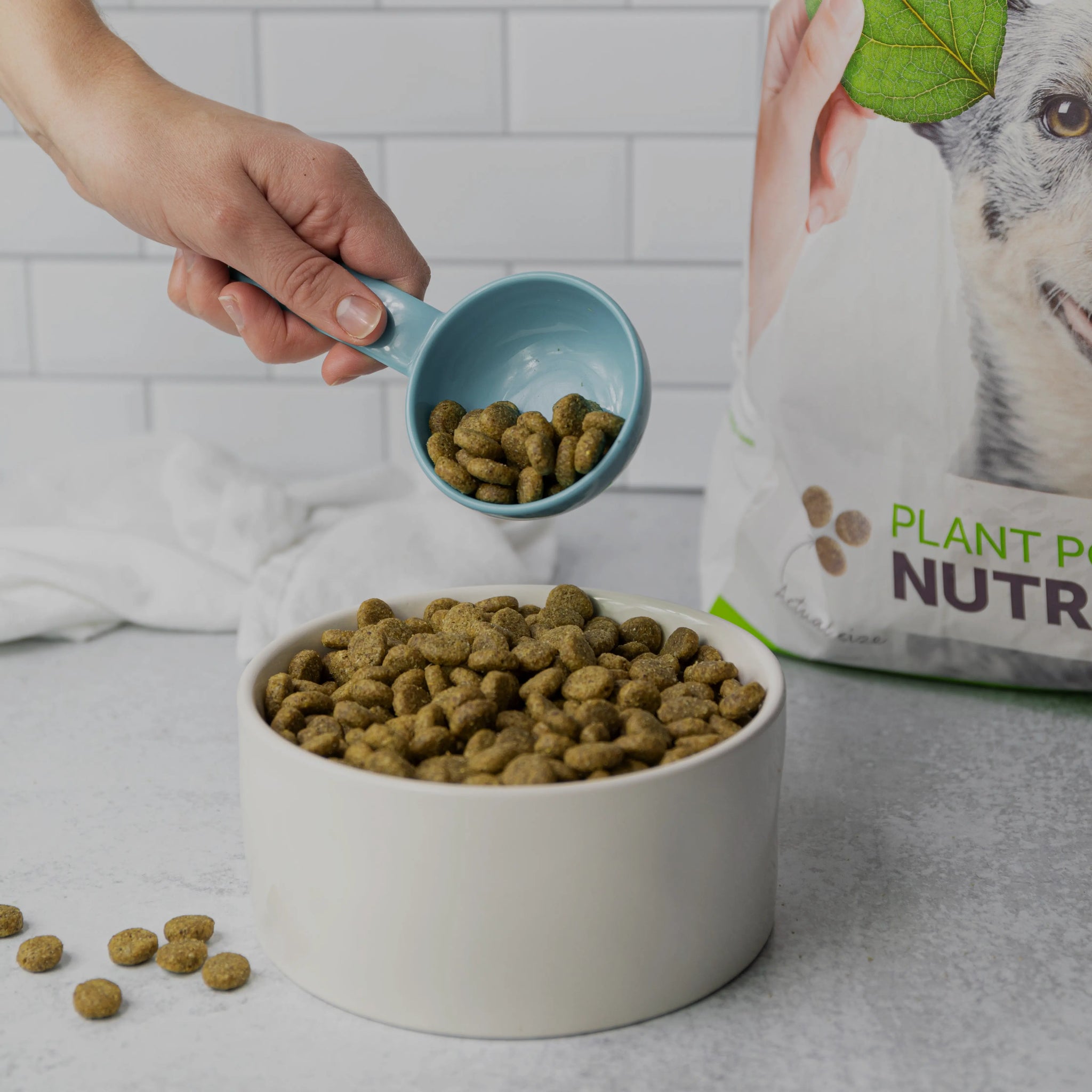Empower Your Wellness Journey
Discover tips and insights for a healthier lifestyle.
Kibble Confidential: What’s Really in Your Pet’s Bowl?
Uncover shocking secrets about what's truly in your pet's kibble! Dive into the hidden truths behind your furry friend's food.
Unpacking Pet Food Labels: What Ingredients Really Mean
Understanding pet food labels is crucial for making informed choices about your furry friend's diet. Many pet owners are baffled by the numerous ingredients listed on bags and cans, which could lead to confusion and uncertainty. The first step is to look for the ingredient list, which is typically organized by weight. Ingredients that appear at the top of the list are the primary components of the food, while those further down are lesser amounts. Always be wary of vague terms like 'meat by-products' or 'animal fat'; instead, seek out specific ingredients like 'chicken' or 'salmon' as the source of protein. These identifiable terms can indicate higher-quality pet food.
Another vital aspect to consider is the Guaranteed Analysis, which offers insights into the nutritional value of the food. This section shows the percentages of protein, fat, fiber, and moisture in the formula, helping you assess whether it meets your pet's dietary needs. For instance, larger amounts of protein are essential for active dogs, while lower fat content might be ideal for less active pets. Additionally, look for AAFCO statements on the label, which ensure that the food meets specific nutritional standards. Remember, a well-informed pet owner is key to providing the best diet for their companion.

The Truth About Kibble: Are You Feeding Your Pet What They Need?
The world of pet nutrition is full of choices, and kibble is one of the most popular options among pet owners. However, many people are unaware of the potential drawbacks of feeding their pets traditional dry food. While kibble is convenient and often affordable, it's essential to consider the quality of ingredients used in its production. Many commercial kibbles contain fillers, artificial preservatives, and low-quality protein sources that may not provide the necessary nutrients for optimal health.
When considering what your pet needs, it's crucial to critically evaluate the nutritional value of the kibble you are providing. Look for products with high-quality, whole-food ingredients that provide balanced nutrition. A good kibble should ideally have a protein source listed as the first ingredient, supplemented with vegetables and healthy fats. By educating yourself on what constitutes quality pet food, you can better ensure that you are meeting your furry friend's dietary needs and promoting their overall well-being.
Is Your Dog's Kibble Making Them Sick? Key Signs to Watch For
Is your dog's kibble making them sick? Many pet owners may not realize that the food they provide could be contributing to their dog's health issues. It's crucial to recognize key signs that indicate your furry friend might be experiencing adverse reactions to their kibble. Common symptoms include persistent vomiting, diarrhea, and noticeable changes in appetite. Additionally, if your dog is displaying unusual lethargy or skin irritations, these could also be signals that their diet is not agreeing with them.
To help you determine if your dog's kibble is the culprit, consider monitoring their behavior and physical condition. Look for patterns that coincide with mealtime, and take note of how long after eating they display discomfort. If you notice consistent symptoms after feeding, it may be time to consult with your veterinarian. They can conduct tests and guide you in finding a suitable alternative that can improve your dog's overall health and well-being.